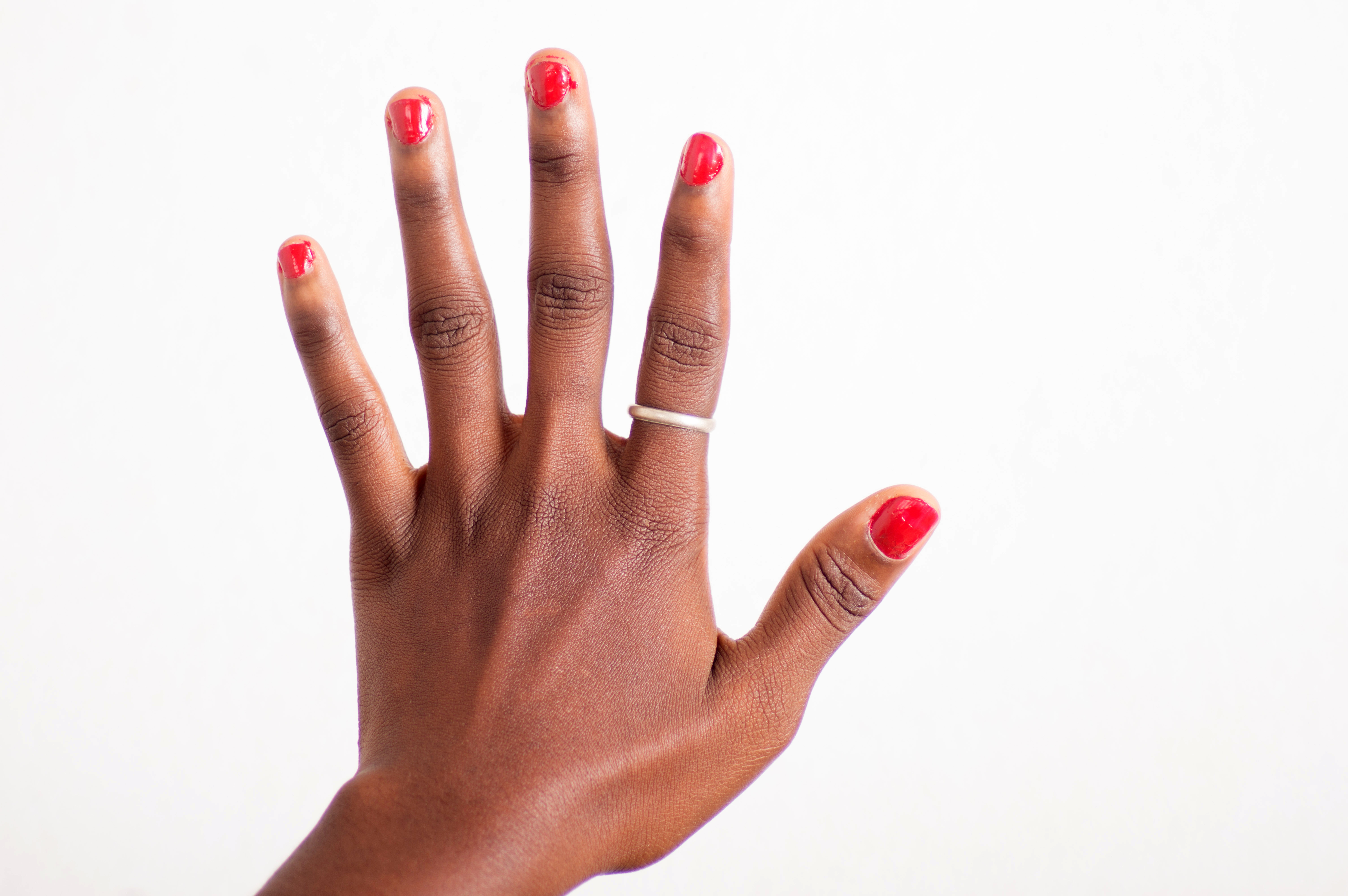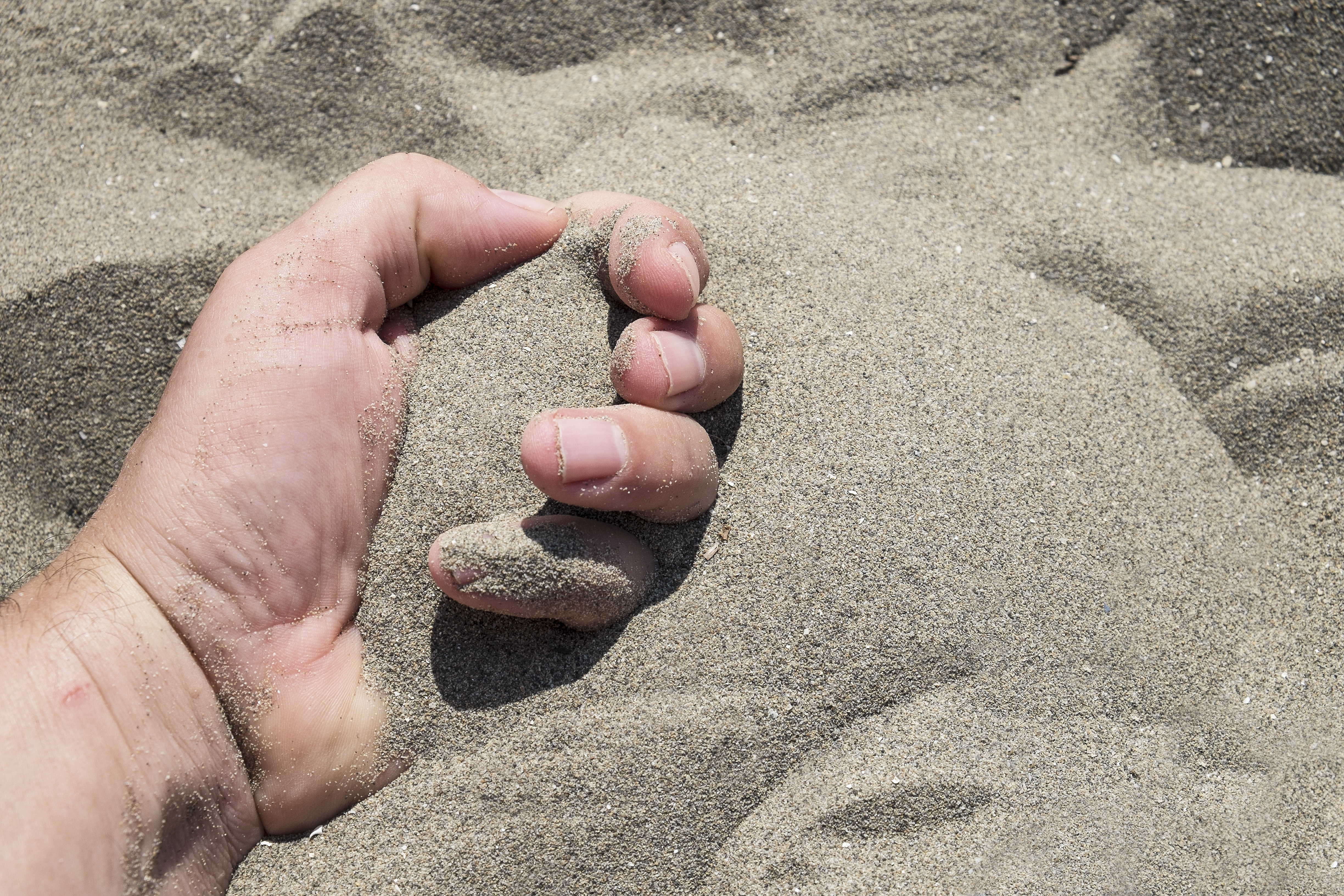
Common Finger Injuries
Finger injuries range from skin deep to bone breaks, and everything in between. Understanding the nature of your injury will help you better communicate with physicians and assess the severity of the situation.
Avulsion
An avulsion refers to an injury where part of the skin or soft tissue is torn away. This kind of injury is often the result of bites.
Amputation
In an amputation, tissue is completely lost or removed from the finger–like an avulsion, but completely detached and usually sliced off instead of torn.
Breaks and Fractures
Each finger has three bones; the proximal, middle and distal phalanx; the thumb has only proximal and distal phalanges. Usually, fractures or breaks in these areas are accompanied by tenderness and swelling caused by damage to the surrounding tissues. Breaks and fractures can be caused by jamming or crushing fingers. Athletes who use their hands, such as basketball or volleyball players, and especially susceptible.
Burns
Burns can be caused by chemical exposure, UV rays, and heat. They are classified according to severity.
- First degree burns, such as (most) sunburns, are characterized by inflammation, swelling, and redness.
- Deeper second degree burns are also accompanied by blisters.
- Third degree burns, the deepest and most severe of burns, go deep enough to effectively kill an area of skin and may look white. Ironically, because nerves in the area are dead, these injuries are often painless.
Dislocation
Dislocations are injuries which cause bones to move out of normal alignment with joints. It’s very common for dislocation to damage the surrounding ligaments, which may be torn or stretched, resulting in pain and injury even after the bone and joint have been successfully realigned.
Fingernail Injuries
Nail injuries are very common, and generally not serious–however, it’s important to watch these injuries for infections, ingrowth, and, in cases where nails are broken by trauma, for damage to the tissue and bones in the finger.
- Infections: Infections may be caused by nail biting or ingrowth.
- A paronychia is an infection in the area when the nail meets the finger.
- Subungal hematoma: This describes a condition where blood collects under the nail (like a blood blister). In sever cases, it may need to be drained.
Laceration
A laceration is simply a cut through soft tissue. It can be a shallow cut through the flesh, to a cut through blood vessels, through nerves, or tendons.
Ligament Injuries
Ligament is the tissue that connects bones. Stretched or otherwise damaged ligaments leave joints and bones unstable.
- Skier’s thumb: Also known as gamekeeper’s thumb, the injury is the result of a tear in the ligament between your thumb and palm (think a skier falling, palm outstretched, onto their ski pole)
- Swan neck deformity: This deformity occurs after the ligament on the palm side of the finger is torn and left to heal untreated, resulting in “swan neck” look to the finger, which will bend in a curve.
Tendon Injuries
Tendons connect muscle to bone, and lie relatively close the the surface of the finger. Because of this, they may easily be damaged by cuts.
- Mallet finger: Mallet finger describes an injury when the tendon that extends your finger straight is torn from the bone in the end of the finger, resulting in an inability to completely straighten that finger.
- Boutonniere deformity: When the tendon over the backside of the finger is torn between the bone in the middle of the finger and the bone closest, the result is boutonniere deformity: an inability to straighten that middle joint.
Nerve Injuries
Four nerves provide sensation to the fingers, two of which run along each side of each finger. Damage to these nerves can cause numbness or tingling.
Think you may have a serious finger injury, or worried that an old injury healed incorrectly? Request an appointment with our specialists.






